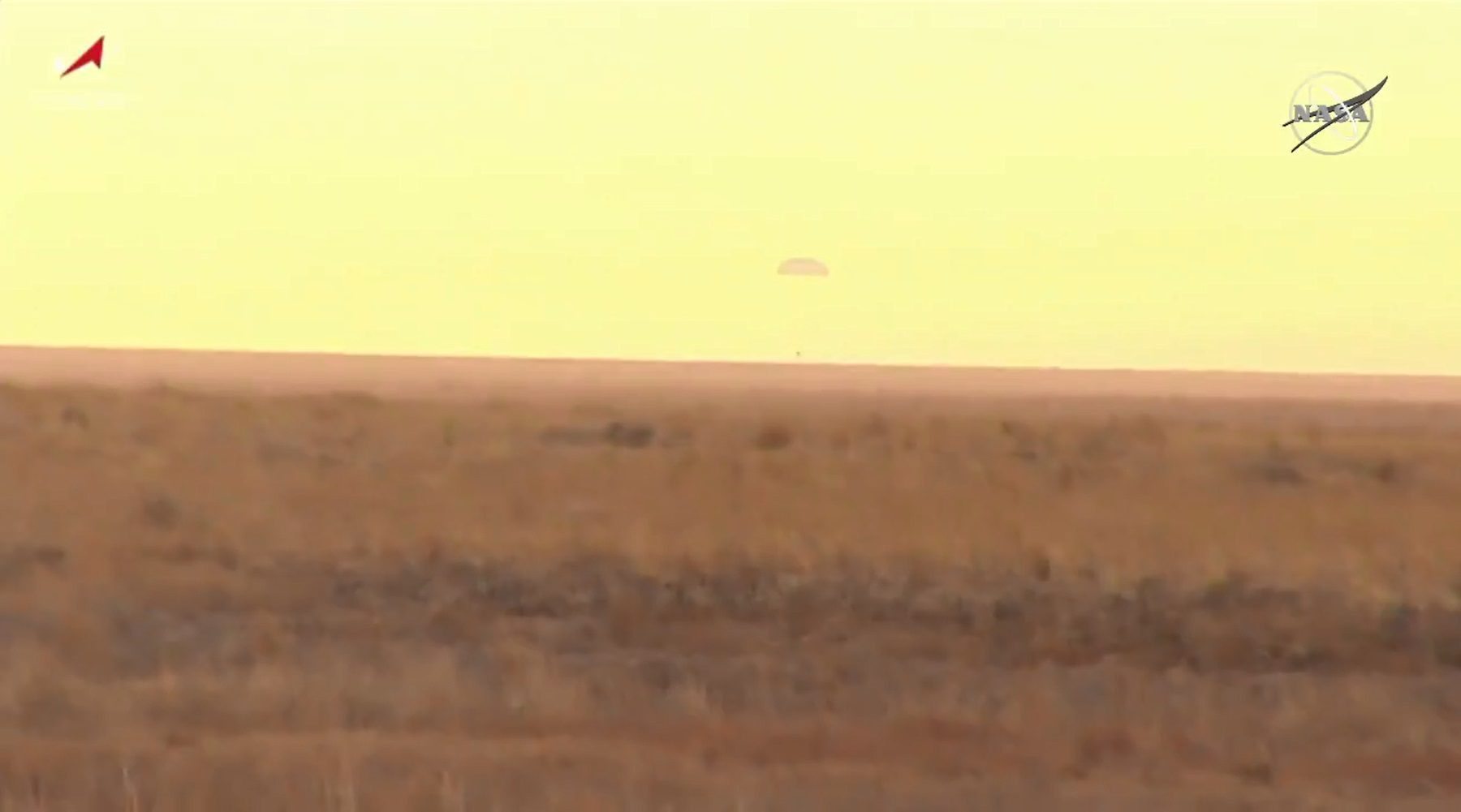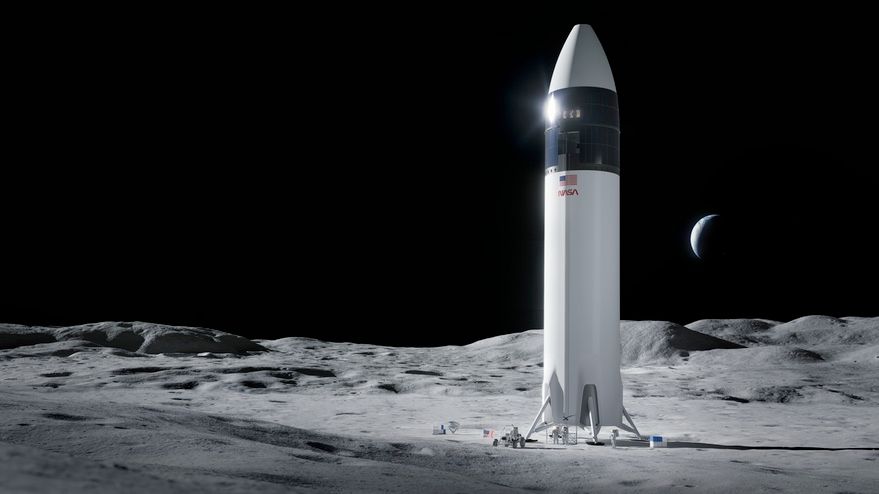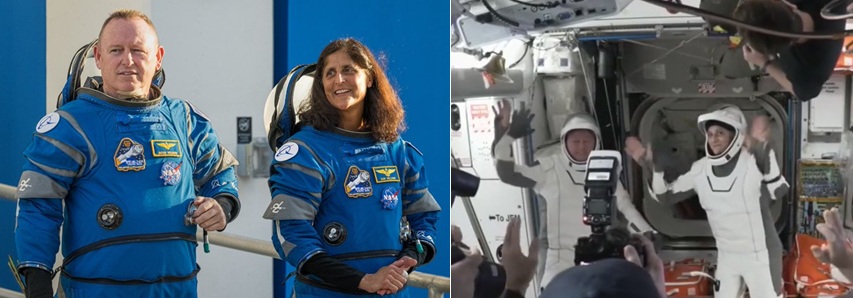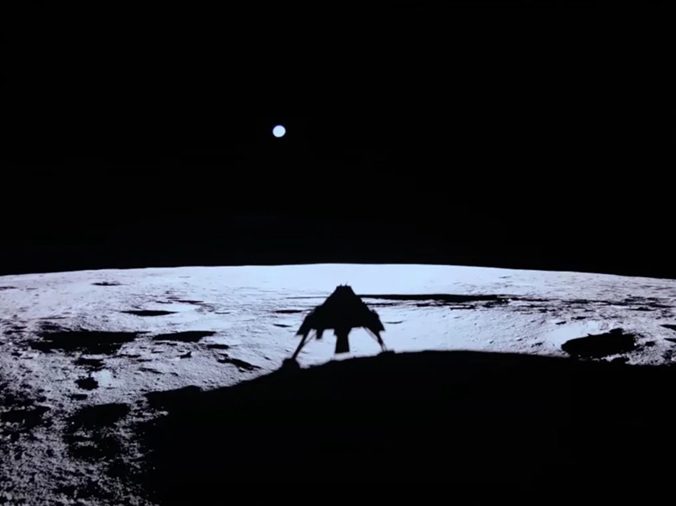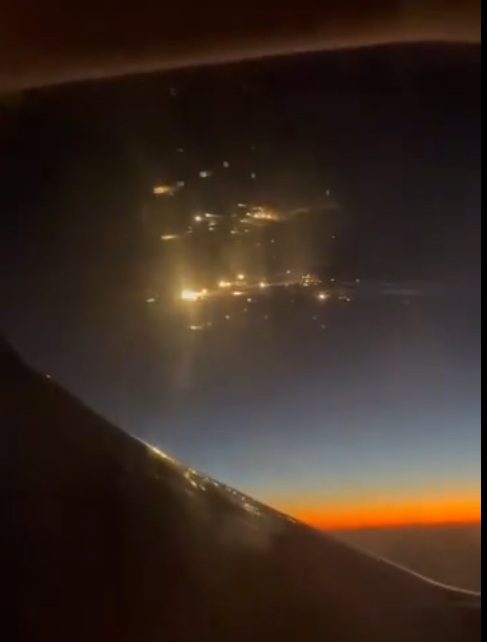Soyuz MS-16, having undocked from the International Space Station at 2332 GMT on 21 October 2020, proceeded to make its deorbit burn at 0200 GMT on 22 October before separate into three modules with the landing module carrying three crew Russian cosmonauts Anatoliy Ivanishin and Ivan Vagner, and NASA astronaut Chris Cassidy who handed over command of the ISS to Russian Cosmonaut Sergey Ryzhikov who had recently arrived on the station on Soyuz MS-17. The subsequent parachute and braking rocket assisted landing of the Soyuz MS-16 crew capsule was made at 0254 GMT on 22 October on the Steppes of Kazakhstan.
Cosmonauts and astronaut return to Earth on Soyuz MS-16
About Seradata
Seradata produces the renowned Seradata database. Trusted by over 100 of the world’s leading Space organisations, Seradata is a fully queryable database used for market analysis, failure/risk assessment, spectrum analysis and space situational awareness (SSA).
For more information go to https://www.seradata.com/product/
Related Articles
Stay Informed with Seradata
Stay informed on the latest news, insights, and more from Seradata by signing up for our newsletter.

